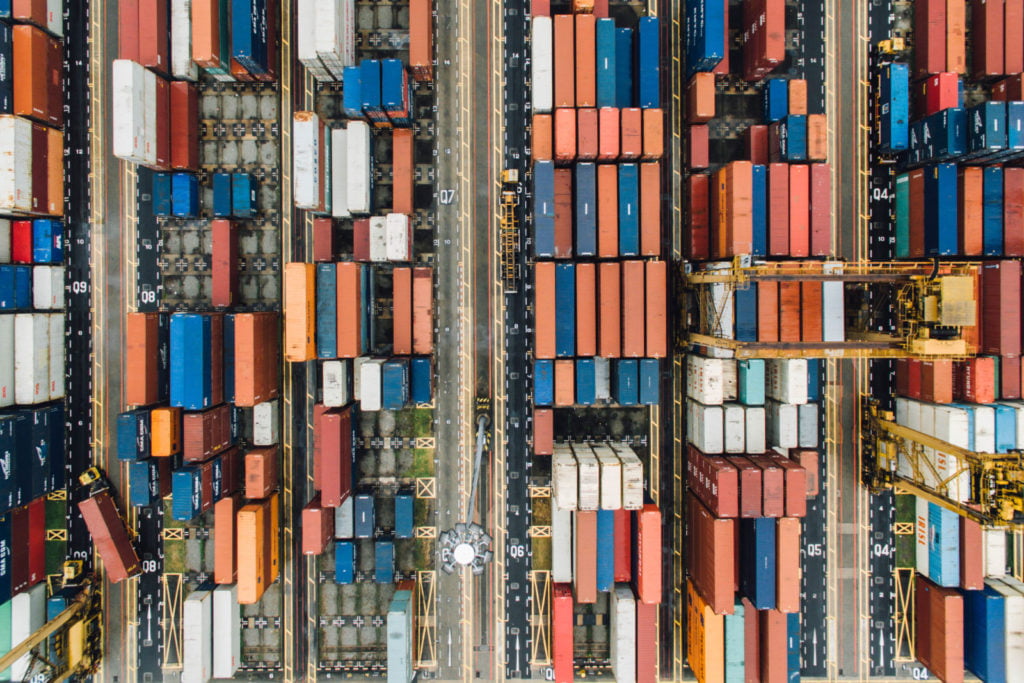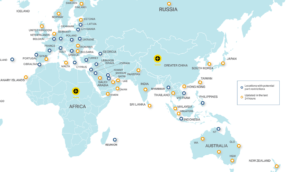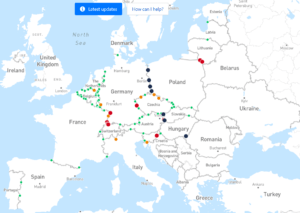COVID-19: Implications for European logistics
Based on the latest information available, we have collected relevant updates dedicated to our members’ operational transport management, especially current real time insight in waiting times for road transport at European borders. In particular:
- Global port restrictions due to Coronavirus (COVID-19) outbreak
- COVID-19 impact on logistics: Real-time information on border crossing times
- Impact on freight and passenger transport of the global Coronavirus (COVID-19) outbreak
Global port restrictions and interactive map
With the COVID-19 outbreak, ports are imposing various restrictions on vessels and crew. Please note that most of the ports in Europe require Health Declaration to disembark, while Turkey does not allow disembarkation for vessels that called China, South Korea, Japan, Italy, Iran and Iraq in the last 14 days. To get more information, you can click on each port or country in the interactive map to view port restrictions. Map will be updated on a daily basis and provided by Wilhelmsen Group.
Real-time information on border crossing times
Latest updates (19/03/2020)
- Basel region queues towards Switzerland up to 4 km now
- Still long queues from Germany to Poland, over 30km in length
- Austria to Hungary and Lithuania to Poland are mostly clean now. It can change anytime through
Governments have applied restrictions not only on public gatherings and individual travel but, by setting up border patrols or even closures, have indirectly impacted cargo flows. Even though disruptions have been registered, the delays are actually not as relevant as expected. Based on Sixfold's data, on-time delivery overall only dropped by 3-7 percentage points in affected areas over the last week (depending on regions and industries).
Impact on freight and passenger transport
With the current outbreak of the Coronavirus (COVID-19) continuing to evolve, IRU - the global industry association for road transport - is closely monitoring the status of border crossings in affected areas around the world and provides updates on national/international transport of passengers and goods in affected regions of the world. Click here to access the document.
Visit the IRU's website for latest updates.


